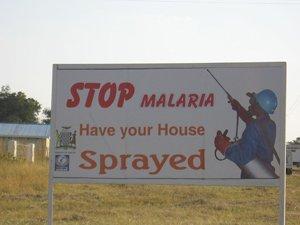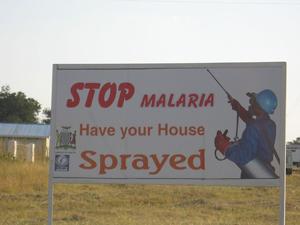DDT
Pre-natal exposure to DDT linked to increased likelihood of breast cancer
Though the pesticide DDT was banned in the US in 1972, its effects in the human body may live on. New research has found the strongest link yet between exposure to DDT in the womb and the likelihood of breast cancer later in life.
We want to hear your feedback so we can keep improving our website, theworld.org. Please fill out this quick survey and let us know your thoughts (your answers will be anonymous). Thanks for your time!
DDT Ban Debate
Living On Earth’s science commentator Janet Raloff speaks with host Steve Curwood about the negotiations concluded this week at the United Nations Environment Program’s third conference on persistent organic pollutants (or POPs). A particularly contentious point was the use of DDT to control malaria.
New Threat to Bald Eagles
The bald eagle was headed for extinction in the 1960s de to DDT, that caused eagles to lay eggs with thin shells. Since then the ban of DDT in 1972, eagle populations have slowly rebounded. Now, there is a new threat. In 1994, fishermen found an eagle carcass on Degray Lake near Little Rock. So […]
Bald Eagles Back From the Brink
Catherine Winter of Minnesota Public Radio reports on the comeback of America’s most famous endangered species. Thanks to strong legal protection and the banning of DDT in the United States, bald eagle populations are growing, and the federal government may upgrade the birds from endangered to threatened. Not everyone’s cheering the news; some worry that […]
Breast Cancer and Chlorine
Brenda Wilson reports on the movement among cancer researchers toward examining the link between breast cancer and chemicals found in the environment, including the pesticide DDT. The new momentum is due in part to two recent studies which suggested a link to between breast cancer and DDT and PCBs, both of which are chlorinated chemicals.
Subscribe to The World’s Latest Edition podcast for free using your favorite podcast player:


